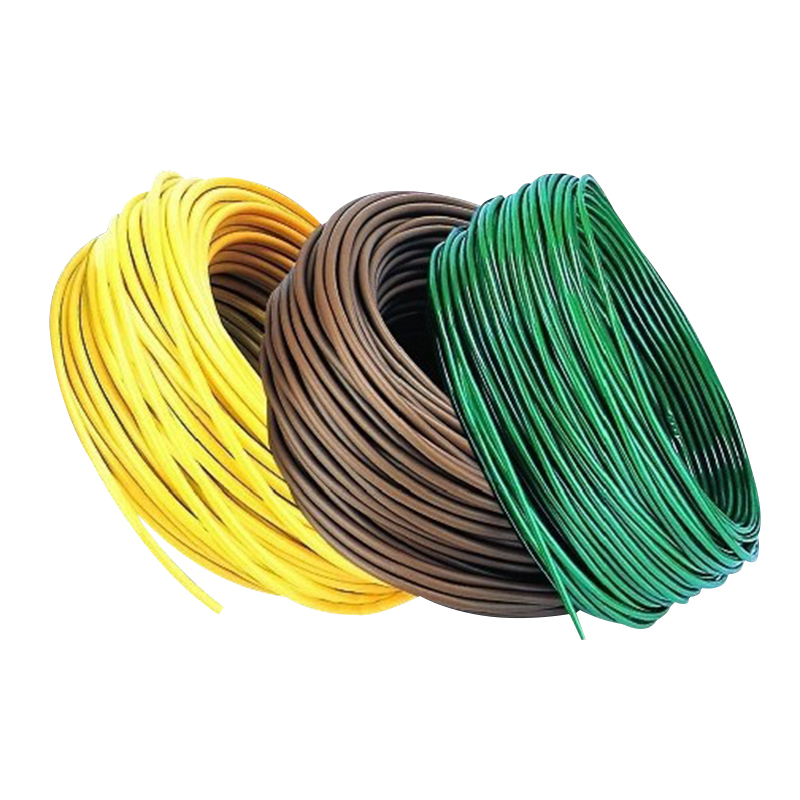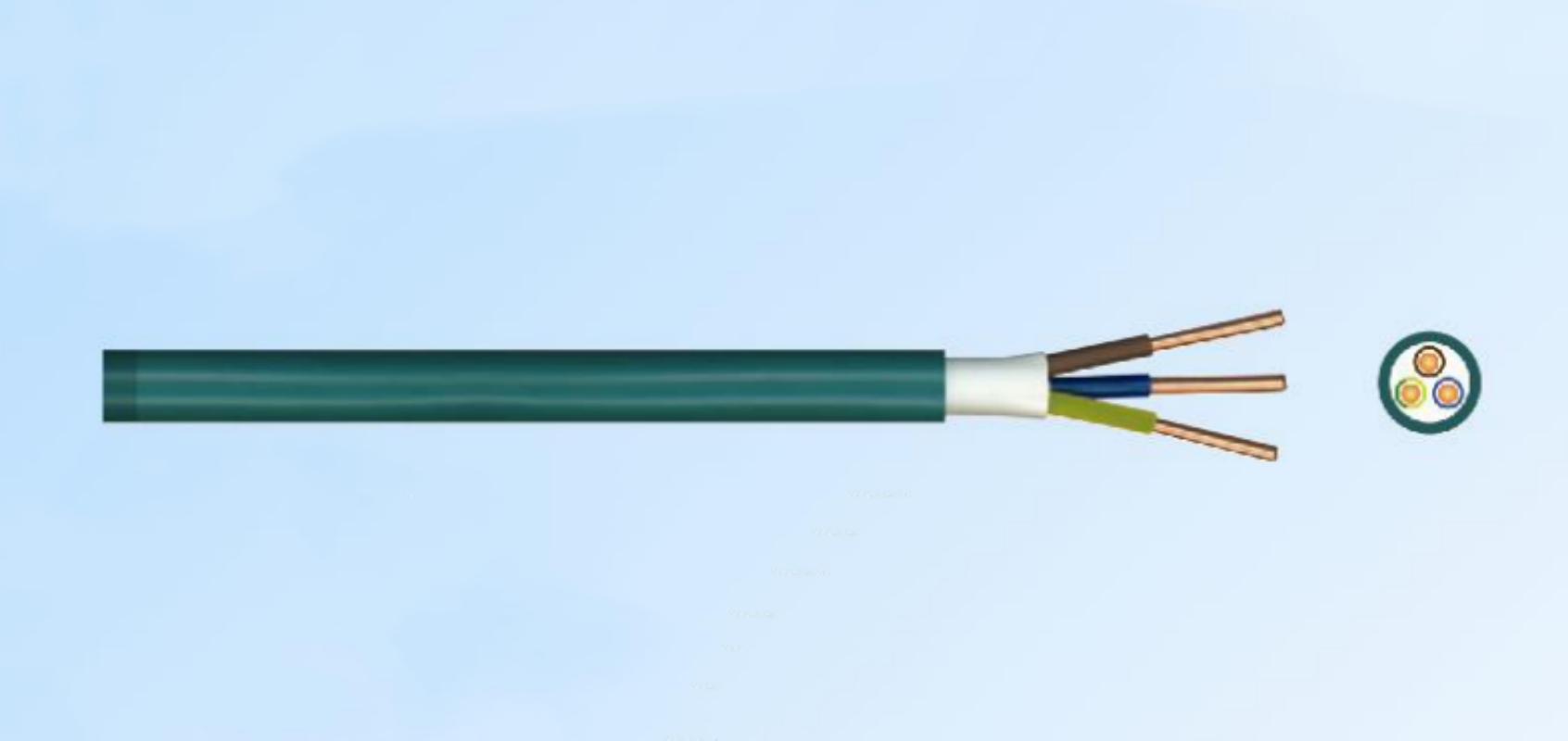close
Choose Your Site
Global
Social Media
Views: 0 Author: Site Editor Publish Time: 2025-07-01 Origin: Site
Electrical wiring is a fundamental component of any modern building, and understanding the different types of electrical wires is crucial for both safety and efficiency. Whether you’re installing wiring in a home, office, or industrial setting, choosing the right type of wire ensures that your electrical system functions properly and meets the necessary safety standards.
In this post, we will dive into the three primary types of electrical wires used in residential and commercial applications. You’ll learn what makes each type unique, their common uses, and why choosing the right wire is important. By the end of this article, you will have a clearer understanding of which wire is best suited for your specific needs.

Non-metallic (NM) cable, often referred to as "Romex," is one of the most commonly used types of electrical wire in residential buildings. It consists of two or more conductors that are insulated and wrapped in a flexible plastic sheathing. The plastic sheathing is typically white or yellow, depending on the gauge of the wire.
Material: The wire is usually made of copper or aluminum.
Insulation: Each conductor within the cable is insulated with a thermoplastic material (usually PVC).
Common Uses: NM cables are primarily used for interior wiring in dry locations like walls, ceilings, and floors.
Colors: The color coding of the wire indicates its function. For instance, black is typically used for hot wires, white for neutral, and green or bare for the ground wire.
Easy to Install: NM cable is highly flexible, making it easier to install through walls and ceilings.
Cost-Effective: It’s one of the most affordable options for residential wiring.
Safety: NM cable meets electrical codes for residential and light commercial applications.
NM cable is used for general residential wiring, including lighting circuits, outlets, and appliances. It is best suited for dry indoor environments.
UF cable is designed for use in damp or wet locations and is suitable for direct burial in the ground. It is similar to NM cable but features a more durable plastic sheathing that is resistant to moisture and environmental factors.
Material: Like NM, UF cable is made from copper or aluminum.
Insulation: Each conductor is coated with thermoplastic insulation, but the entire cable is wrapped in a solid, moisture-resistant plastic coating.
Common Uses: UF cable is used for outdoor wiring, including outdoor lighting, power to garden structures, and electrical service for underground systems.
Durability: The sheathing is designed to protect the wire from the elements, making it perfect for outdoor use.
Versatility: UF cable can be used both above ground and buried underground, offering flexibility in various outdoor applications.
UF cables are ideal for outdoor power needs, such as connecting outdoor lighting fixtures, garden tools, and underground electrical installations like irrigation systems.
THHN wire is a highly durable wire that is commonly used in both residential and commercial electrical systems. It is typically used in conduit for areas that require a higher temperature tolerance or protection from abrasion.
Material: The wire is made of copper or aluminum conductors, covered in a thermoplastic (PVC) insulation and coated with a nylon jacket.
Heat Resistance: It is rated to withstand temperatures up to 90°C (194°F) in dry conditions and is suitable for both wet and dry environments.
Common Uses: THHN is widely used for industrial and commercial installations where wires need to be protected from heat and mechanical damage.
Heat Resistance: The nylon insulation helps prevent the wire from melting under high temperatures, making it a great choice for applications with high electrical loads.
Durability: The wire is resistant to oil, gasoline, and abrasions, which makes it ideal for tough environments.
THHN wire is commonly used in industrial settings, such as for machinery wiring, high-voltage systems, and HVAC equipment. It is also used in home construction for wiring large appliances like air conditioners and water heaters.

Selecting the appropriate electrical wire ensures that your electrical system operates safely and efficiently. Using the wrong type of wire can result in power failures, electrical hazards, or costly repairs. Here’s why each type of wire is important for specific situations:
NM Cable: Ideal for standard residential applications where the wire will not be exposed to harsh weather conditions or physical stress.
UF Cable: Best for outdoor applications or areas with moisture, providing a durable and reliable solution for landscaping and garden power needs.
THHN Wire: A top choice for industrial, commercial, or high-load residential applications, offering flexibility and resistance to harsh conditions like heat and abrasion.
The voltage rating of a wire is one of the most important factors to consider. It indicates the maximum amount of electrical current that the wire can safely carry. Most residential wiring uses 120 or 240 volts, but some commercial applications may require higher voltage wires.
The wire gauge is another critical factor in determining which wire to use. The gauge refers to the thickness of the wire, and a lower gauge number indicates a thicker wire that can handle more power. For example, 12-gauge wire is suitable for lighting circuits, while 10-gauge wire is used for higher-power circuits.
Consider the location and conditions where the wire will be installed. Outdoor locations or areas exposed to moisture require wires with weather-resistant coatings, like UF cable. For indoor use, NM cable or THHN wire may be sufficient, depending on the temperature and load.
Understanding the different types of electrical wires is essential for ensuring a safe and functional electrical system. Whether you're working on a new installation or upgrading existing wiring, selecting the right wire is crucial to avoid hazards and maintain system performance.
Jiangsu East Energy Electrical Engineering Co., Ltd. offers top-quality electrical products designed to meet the highest standards of safety and performance. With a range of cables and wires, they provide reliable solutions for residential, commercial, and industrial applications. If you're looking for durable and efficient wiring solutions, explore their products today.
A: NM cable is designed for dry indoor environments, while UF cable is built for outdoor use and can be buried underground.
A: Yes, THHN wire is commonly used for residential wiring in areas where heat resistance and durability are needed.
A: The wire gauge depends on the electrical load. For lighting and outlets, 14 or 12-gauge wire is usually sufficient. For larger appliances, use 10-gauge or lower.
A: It’s best to consult a licensed electrician to ensure your installation meets safety standards and complies with local building codes.